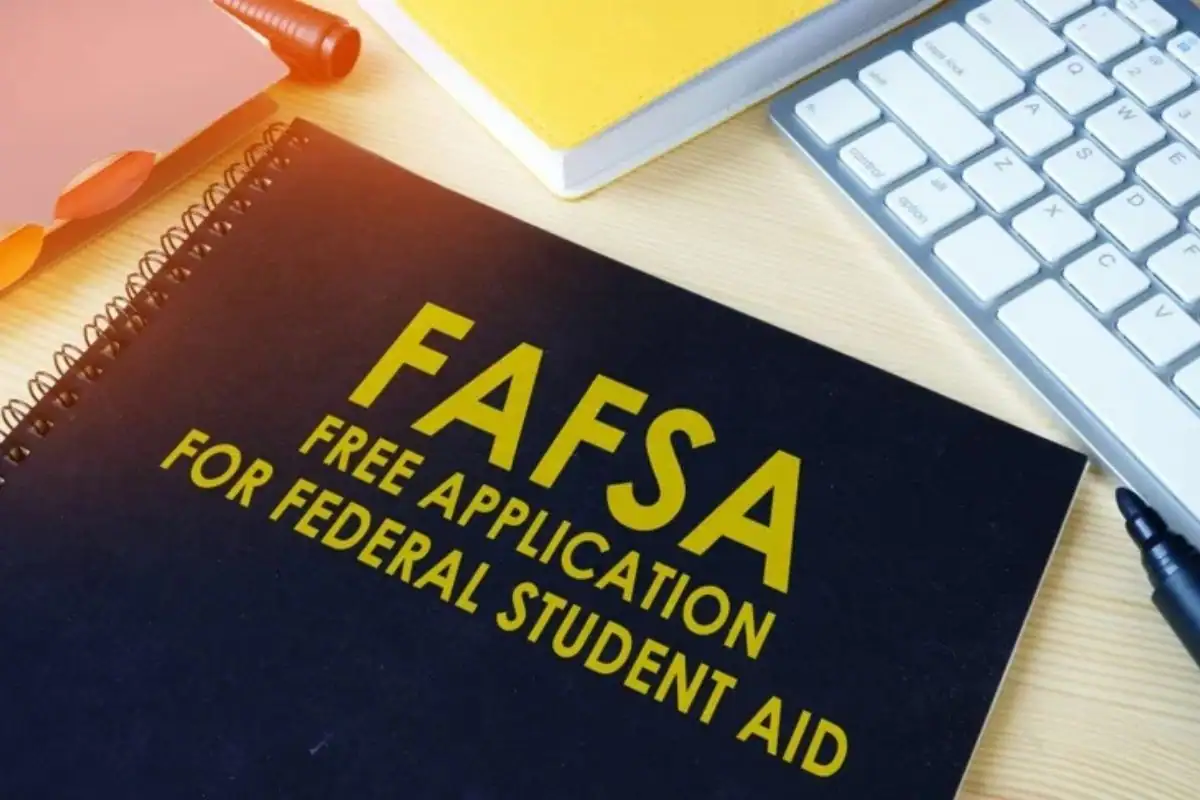Advertisement
FAFSA Explained: What It Is and Why You Need It
Advertisement
If you’re planning to go to college or helping your child prepare for higher education, you might need some financial assistance. Fortunately, there’s a lot of financial aid available, and it all starts with the Free Application for Federal Student Aid, or FAFSA. Whether you’re looking for work-study programs, student loans, or federal and state grants, the FAFSA is your first step. While filling out the FAFSA can seem like a daunting task, there are plenty of resources to help you navigate the process smoothly and increase your chances of getting the aid you need.
Create Your Account and FSA ID
To get started with your FAFSA application, you’ll need to create an FSA ID. Think of the FSA ID as your personal digital signature that you’ll use to log in, sign, and submit your FAFSA form online. Both the student and the parent, if applicable, need their own separate FSA IDs. New applicants can create their FSA IDs right away, but if you’re renewing your FAFSA for the next school year, you might need to create a new FSA ID. Keep in mind that account verification can take a day or two, so it’s best to get this done early to avoid any delays in your application process.

Advertisement
File Your Income Tax Return
The FAFSA requires information from your most recent tax returns, so it’s important to have these documents ready before you start your application. If you’ve been granted an extension, make sure to file your taxes before submitting your FAFSA. For example, if you’re applying in October 2024, you’ll need to include your 2023 tax returns. The IRS provides a convenient way to transfer your tax data directly to your FAFSA form, which helps ensure accuracy and saves you time. This seamless integration makes the application process a bit easier and reduces the chances of errors.

Advertisement
Confirm Your Financial Aid Deadlines
Starting October 1, the FAFSA begins accepting applications, but that’s just the beginning of your financial aid journey. Different schools and states have their own deadlines for financial aid applications, so it’s crucial to keep track of these dates. Create a chart listing all relevant deadlines and the required paperwork for each financial aid source you’re applying to. This proactive approach helps you stay organized and ensures you don’t miss out on any available aid opportunities. Remember, the earlier you apply, the better your chances of securing financial support.

Advertisement
Get Your Documents Organized
Filling out the FAFSA each year requires access to various financial documents, such as tax returns, past financial aid award letters, loan documents, and previously completed FAFSA forms. To streamline the process, organize these documents in a dedicated folder—preferably an accordion folder for easy access. Having everything neatly arranged not only makes the application process smoother but also helps protect sensitive information like tax returns and Social Security numbers. Staying organized is key to a hassle-free FAFSA experience and ensures you have all necessary information at your fingertips.

Advertisement
Start Completing Your FAFSA Online
The sooner you file your FAFSA, the better your chances of securing financial aid, as many schools have limited funds available. Head over to fafsa.gov to begin. Log in using your FSA ID, then enter your username and password. Parents will need to provide their child’s name, date of birth, and Social Security number to access the correct account. Remember, you need to submit a new FAFSA for each school year. If you’ve completed the FAFSA before, simply click the "renew" button to transfer your basic demographic information to the new form, saving you time and effort.

Advertisement
Use the IRS Data Retrieval Tool
One of the best features of the FAFSA is the IRS Data Retrieval Tool, which allows you to transfer your income tax information directly from the IRS website to your FAFSA form. This tool is available if you filed your tax returns at least eight weeks before completing the FAFSA or if you filed them electronically two weeks in advance. When prompted, the FAFSA site will redirect you to the IRS site to facilitate the data transfer. This not only speeds up the application process but also reduces the likelihood of errors, ensuring your financial information is accurate and up-to-date.

Advertisement
Create a Save Key
Sometimes, you might not be able to complete your FAFSA in one sitting. That’s where the save key comes in handy. By creating a save key, you can save your progress and return to finish the application later. This is particularly useful if you need to share the save key with your parents, allowing them to fill out their portion of the form from a different location. Think of the save key as a temporary password that ensures your progress is saved without compromising your information. It’s a great way to manage your time and ensure you complete the FAFSA without feeling rushed.

Advertisement
Sign and Submit Your Application
Once you’ve filled out all the necessary sections of your FAFSA, it’s time to sign and submit it. Use your FSA ID to electronically sign the form, which can speed up processing. If you’re a dependent student, your parent will also need to sign with their own FSA ID. It’s crucial to ensure that each person uses the correct FSA ID to avoid any confusion or delays. If you encounter issues signing electronically, you can mail in a signature page, although this will extend the processing time. Double-check everything to make sure your application is complete and accurate before submission.

Advertisement
Confirm the Status of Your Application
After submitting your FAFSA, don’t just sit back and wait. Head back to the FAFSA website to check the status of your application. Typically, applications are processed within one to two weeks, but this can vary. If there are any errors or issues with your application, you’ll need to address them promptly to avoid delays. Regularly checking your application status ensures that you’re aware of any additional steps you need to take to secure your financial aid. Staying on top of your application helps you manage your expectations and plan accordingly for your college finances.

Advertisement
Stay in Touch With Your College Financial Aid Offices
The FAFSA itself won’t notify you about the financial aid you receive. Instead, the financial aid offices at the colleges you’ve applied to will reach out with details about your aid package. They may offer a mix of work-study jobs, scholarships, loans, grants, and other financial aid options based on your FAFSA results. It’s essential to stay in communication with these offices to understand your options and complete any additional requirements they might have. Building a good relationship with your college’s financial aid office can help you navigate the financial aspects of your education more effectively.

.png)




